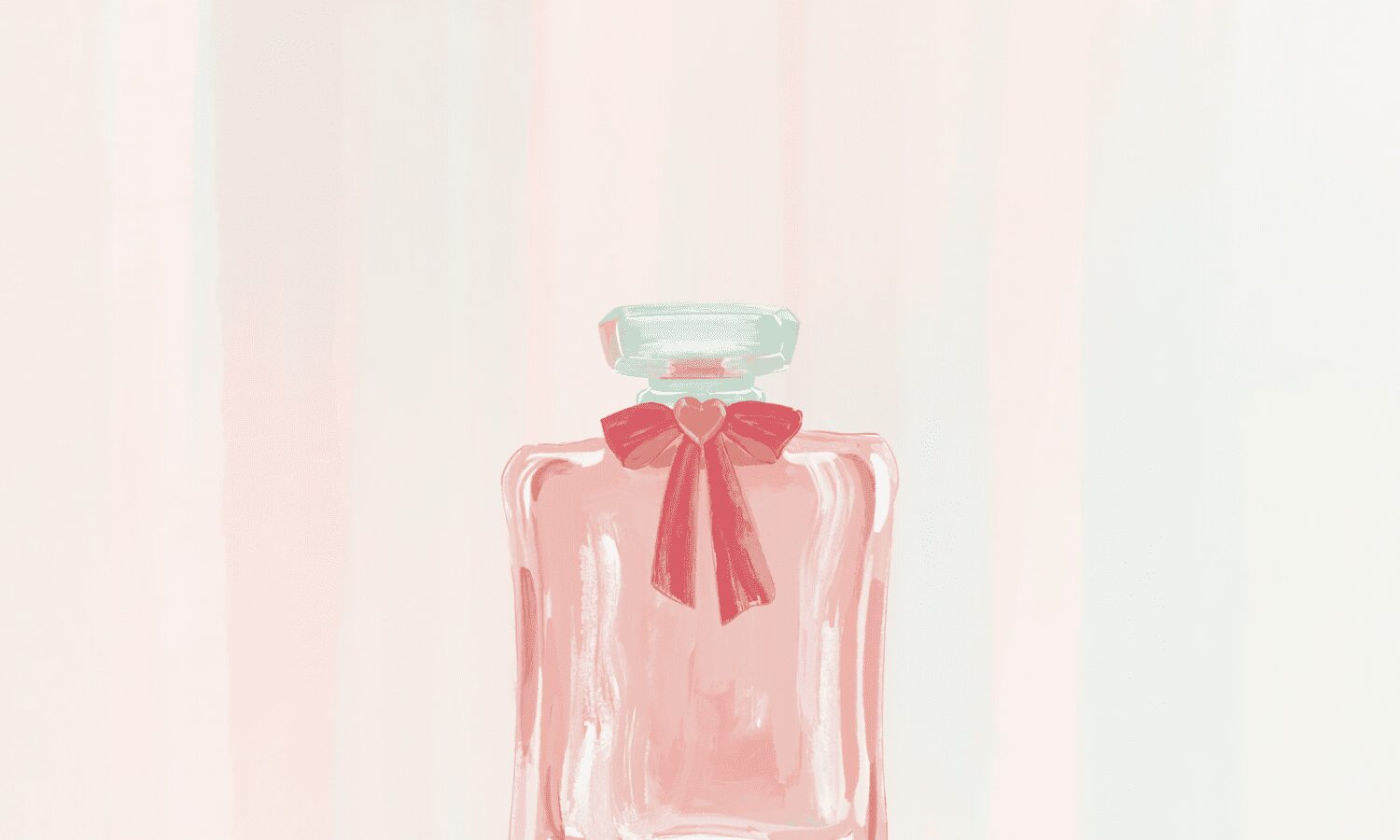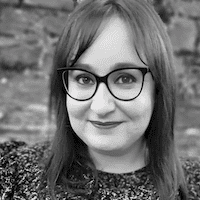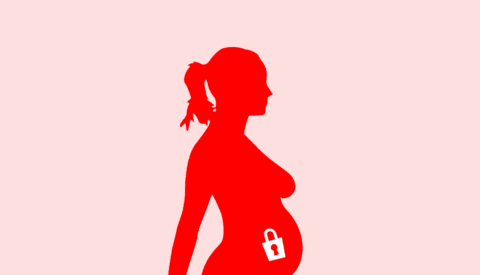Perfume Politics: The Scent Of Women’s History
The fragrances we use are not just a matter of personal taste, but a choice connected to the time in which we live. Perfumes of the 20th century varied between bold and soft, depending on the role that women played in society at the time. What does today smell like?
Article

Article
Although perfume may seem, at first glance, the least appropriate tool for calculating international politics, the truth is that, on the contrary, trends in olfactory notes provide valuable insights into key geopolitical issues. One can construct the history of Western society — particularly the position women held and their expectations for the future — by relying on the sense of smell. Each perfume trend and each decade has its dominant notes, which translate into varying worldviews.
Perfume has been a key element in the construction of glamour, at least in the «modern idea» we associate with the today, as historian Carol Dyhouse explains in her book Glamour. Scents opened up new perspectives and even played a part in shifting paradigms of what was expected of women. Thus, in the emergence of the «modern woman» of the 1920s, one cannot overlook the significance of perfumery. As more liberated behaviors took hold and women claimed spaces for themselves, their favorite perfumes followed suit, much to the dismay of critics of this «modern woman».
It was considered acceptable to wear perfumes with a single floral fragrance (for example, lavender water) that had dominated the world before World War I.
It was considered acceptable to wear perfumes with a single floral fragrance (for example, lavender water) that had dominated the world before World War I. However, consumers were actually seeking perfumes with complex compositions inspired by oriental scents, much heavier and more striking than floral fragrances. When Guerlain launched Shalimar in 1925, it became a great success, one that continues to be sold even today. Even if they didn’t fall into Orientalism, perfumes still broke away from the pre-war trend. As Carol Dyhouse recalls, Chanel No. 5 doesn’t smell like flowers, but rather something abstract.
From glam to traditional
In the 1930s, floral scents made a comeback, but they did so in complex and daring compositions, connected to the glamour of the cinema. The perfumes were sold in astonishing and impactful bottles, again recalling the glam starlet look.
Advertisements were not selling perfumes directly towomen, but rather targeted men who would purchase them for women
The evolution of women’s rights in the Western world meant that young women no longer wanted to smell like their grandmothers. Even perfumery, along with cosmetics and fashion, had undergone an important shift during those decades: it had become democratized. By applying makeup, dressing and smelling similarly, one of the fundamental elements that once differentiated women in accordance with their social class has been eliminated.
In the immediate post-World War II era, trends broke away from the perception of women that had existed in the previous decades. There is no better way to understand this than by looking at women’s fashion. The elegance of the so-called New Look, as Dyhouse points out, is not simply a new version of glamour, «but rather a nostalgic statement about a world where gender identities and hierarchies of class and race were part of a common understanding».
Of course, this shift to melancholia also changed the landscape of perfumery. The return to a more traditional femininity brought back highly floral fragrances packaged in pink. Instead of the strong, heavy perfumes of previous decades, a shift towards softer, less aggressive scents took place. Another interesting fact about perfumery can help explain how the position of women had changed: advertisements were not selling perfumes directly to women, but rather targeted men who would purchase them for women. This was not the case in the 1920s and 1930s.
Powerful women, powerful scents
The 1960s and 1970s brought about (once again) the quest for women’s liberation and consequently changed the aromatic composition of perfumes. Natural scents such as grass or hay emerged as popular choices. It is not a coincidence that these scents emerged during this period, as it was also a time when environmental concerns began to gain prominence.
Therefore, it is not surprising that in the 1980s, the era of power dressing and successful executives, the aromatic notes of perfumes shifted once again. This is the time of Poison, a fragrance that can be described as aggressive «if not truly suffocating», as the historian writes. «The flashy glamour of the 80s demands strident scents», Dyhouse points out. Perfumes aim to reach the young and liberated women of the decade, and for that, they must become like them. They will not go unnoticed.
The perfume of today
What does our scent in the 21st century say about the current world? «This year, gourmand and floral aromas are making a comeback, considered to be the scents of adolescence. Although, in reality, they never really left», explains Anabel Vázquez, co-founder and co-CEO of Laconicum. «In perfumery, just like in fashion, everything coexists. Every trend has its counter-trend: spicy, majestic aromas will always find a place, just like the light ones», she adds.
Anabel Vázquez: «Every trend has its counter-trend: spicy, majestic aromas will always find a place, just like the light ones»
Vázquez notes that they haven’t noticed a structural change connected to the economic crisis experienced in the 21st century, although after the pandemic, there is a greater desire to change perfumes and try new scents. «We have become less conservative», the expert points out. According to the Perfume Academy, there has been an emergence of «lifestyle perfumes» which also speaks volumes about current times. These perfumes are sold in connection with brands and celebrities. Additionally, this has been a moment for niche perfumes and those centered around sustainability.
The past decades of the 21st century have indeed been marked by various social changes. The feminist emergence of the 2010s has had a significant impact on many commercial and cultural fields. Can we also perceive this change in scents, just as we can observe it in the evolution of women’s roles a hundred years ago by looking at their favorite fragrances? «New perfume houses such as Heeley, Byredo, or Maison Matine do not distinguish between genders», Vázquez points out. «Scents are either good or bad, not feminine or masculine», she explains.
The perfume of tomorrow
This shift towards a gender-neutral approach in perfumery reflects the changing societal views on gender roles and the breaking down of traditional stereotypes. It aligns with the broader movement towards inclusivity, diversity and challenging traditional norms that has characterized the feminist movement and social changes in the 21st century.
It is difficult to determine what the near future will smell like. «We expect many aromas that we don’t know exist yet», Vázquez suggests. «Science always surprises us, and every year new molecules emerge that enrich olfactory culture», she notes. In this, it is not hard to see hints of what will matter – and dominate – in the future. However, the timeless scents will not disappear. The perfumer is confident that in Spain, for example, «citrus perfumes and clean scents will continue to be popular». As the saying goes, «Tell me what you smell like, and I’ll tell you what defines your era».
This content is part of a collaboration agreement of ‘WorldCrunch’, with the magazine ‘Ethic’. Read the original at this link.






